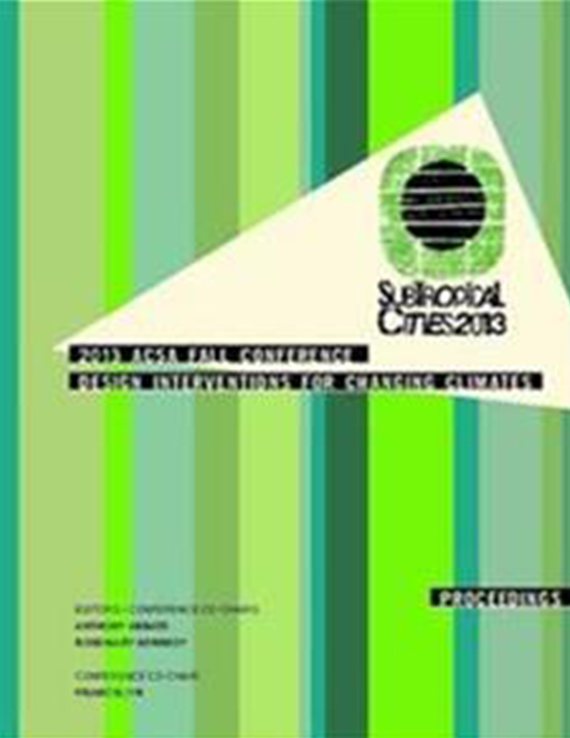Author(s): Aimee Buccellato & Megan Reineccius
The spaces one lives, works, and plays in are essential to one’s overall sense of self, community, and well-being. In East Africa, there is little research to date on the role of the built environment in human flourishing, largely because of the idea based in colonialism that great architecture and architectural innovation originates in the developed world. Prominent Nigerian architect David Adjaye along with other up and coming African architects such as Tom Sanya are proving through their research that this fact is simply false. Underdeveloped nations are model contexts for studying the practice of sustainable architecture and urban design due to fundamental financial, environmental, and health challenges related to scarce resources. As Geoffrey Payne, a British architect researching and practicing in India, comments, “developing countries are better placed to face the future than middle income groups…because they …are not dependent on the easy availability of resources and services on which the rich have come to depend”( Payne, 2008). This paper will present the authors’ in situ research of vernacular architecture in equatorial Africa through two case studies conducted in Tanzania: the first in the urban setting of Stone Town, a UNESCO World Heritage site on the island of Zanzibar, and the second in the rural setting of Musa, a village in the foothills of Mt. Kilimanjaro. The methodology of the research includes comparative quantitative analysis of building materials and methods, experiential observation through interviews and firsthand experience, as well as literature-based research sets to provide additional qualitative and quantitative data. Material analyses will compare traditional vernacular methods, specifically wattle and daub and mortared coralline rag stone, to common, non-native modern construction methods, including compressed earth brick and reinforced concrete masonry. Specific material properties, including thermal performance, material embodied energy and embodied water, site impact, and costs associated with long-term maintenance will expand our understanding of these methods and the broader ecological and financial impacts of each. Through a series of interviews and personal experience living in these settings, the authors will also document the way people interact with and perceive the built environment, in both contexts, in order to explore the range of post-occupancy issues: maintenance, socio-cultural factors, health impacts, and comfort.And finally, if we are to fully address the premise that architecture is a mechanism for communicating ideas and certain lifestyles to the people it supports, namely global eco-conscientiousness, then we architects, NGO’s, and foreign development organizations need to think critically about how we use limited materials and resources. In our increasing globalized world we have the responsibility to learn from a full range of sustainable building solutions-particularly techniques which have sustained and developed over thousands of years by highly resourceful communities in some of the world’s most challenging climates.
Volume Editors
Anthony Abbate, Francis Lyn & Rosemary Kennedy
ISBN
978-0-935502-90-9

 Study Architecture
Study Architecture  ProPEL
ProPEL 
